The Canadian Food Inspection Agency (CFIA) has declared the North Saskatchewan River watershed infected with whirling disease.

The alert covers all streams, creeks, lakes and rivers that feed into the North Saskatchewan River and ends at the Saskatchewan border, the Alberta government said in a news release Friday.
The CFIA already said the Bow, Oldman and Red Deer River watersheds were infected.
READ MORE: World-class trout stream in Alberta infected by whirling disease: CFIA
Areas in Alberta outside the Bow, Oldman, Red Deer and North Saskatchewan River watersheds were previously designated as “buffer areas” and are not affected by the CFIA declaration.
In Alberta, rainbow, westslope cutthroat and brook trout, as well as mountain whitefish, are most susceptible to the disease.
Whirling disease doesn’t harm people or other mammals, but can have a significant effect on salmonoids—salmon, trout, char and whitefish.
It’s caused by a microscopic parasite that penetrates the head and spine and eventually causes the fish to swim erratically — or whirl. That leads to difficulty feeding and avoiding predators.
READ MORE: Whirling disease found in Banff lake fish spreads to Bow River: CFIA
Over the past year, the province has ramped up its response to whirling disease, the government said.
It has a three-point action plan, which includes a whirling disease laboratory in Vegreville with staff to handle education and mitigation efforts.
READ MORE: Infectious ‘whirling disease’ found in fish at Banff’s Johnson Lake
The government is also working with researchers at the University of Alberta to develop non-lethal testing methods for the parasite.

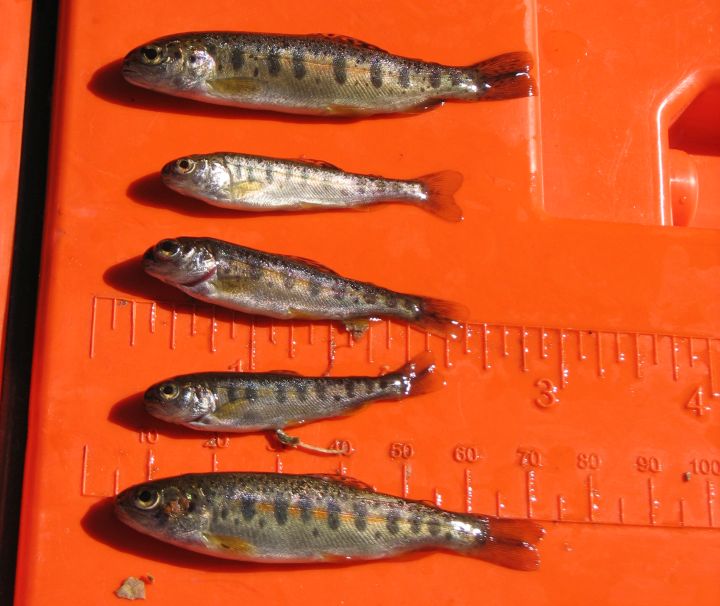



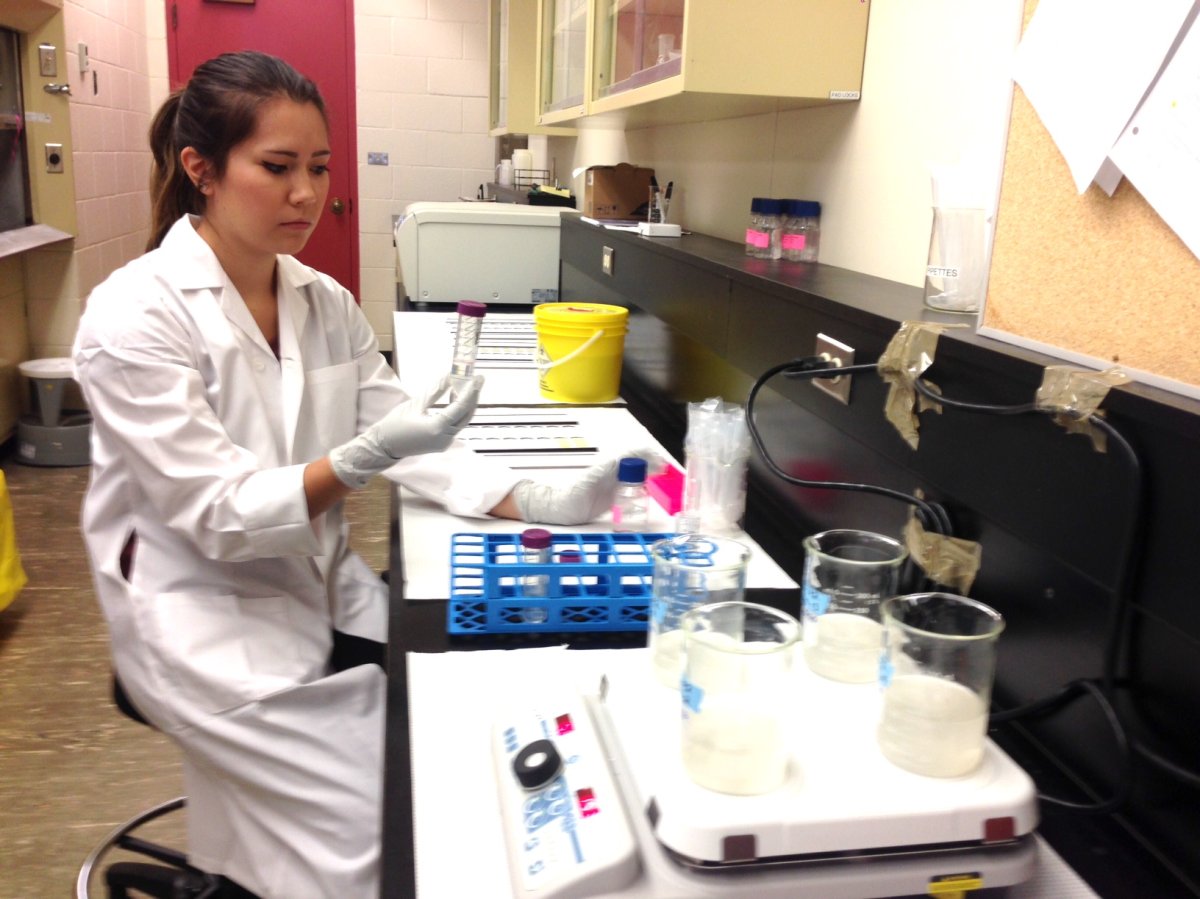



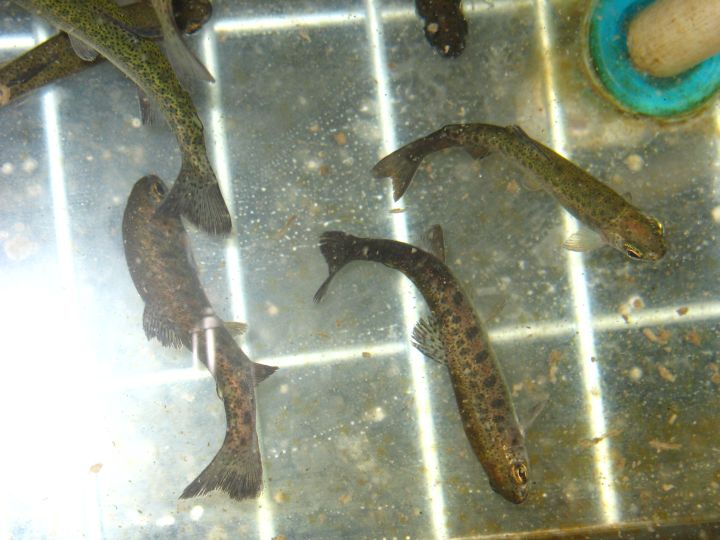








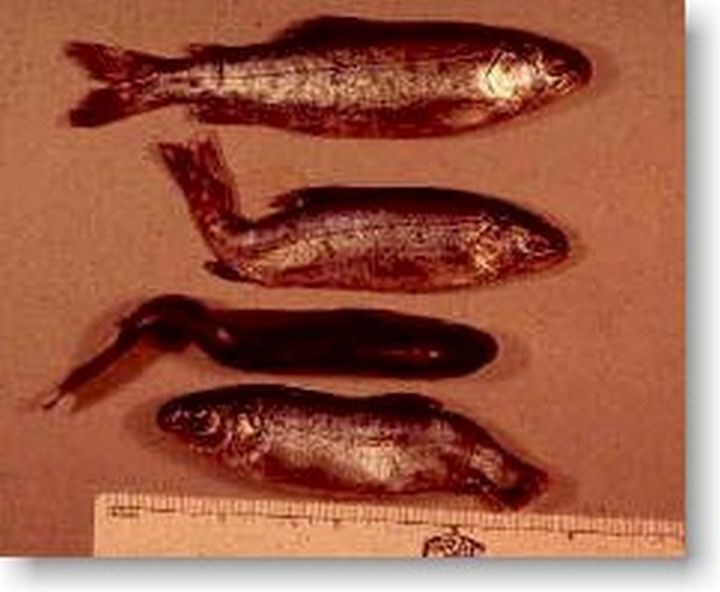





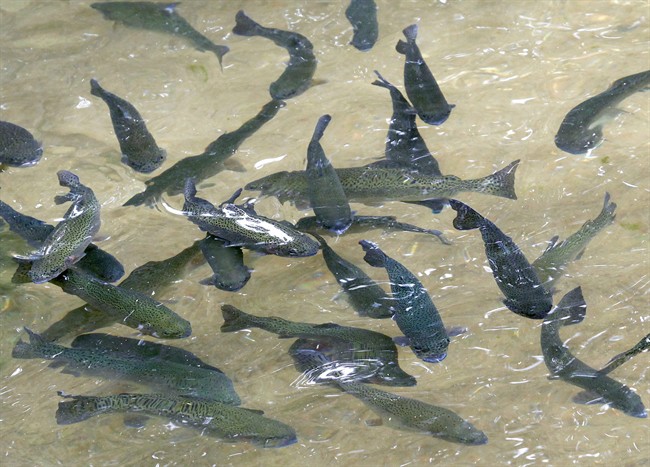
Comments